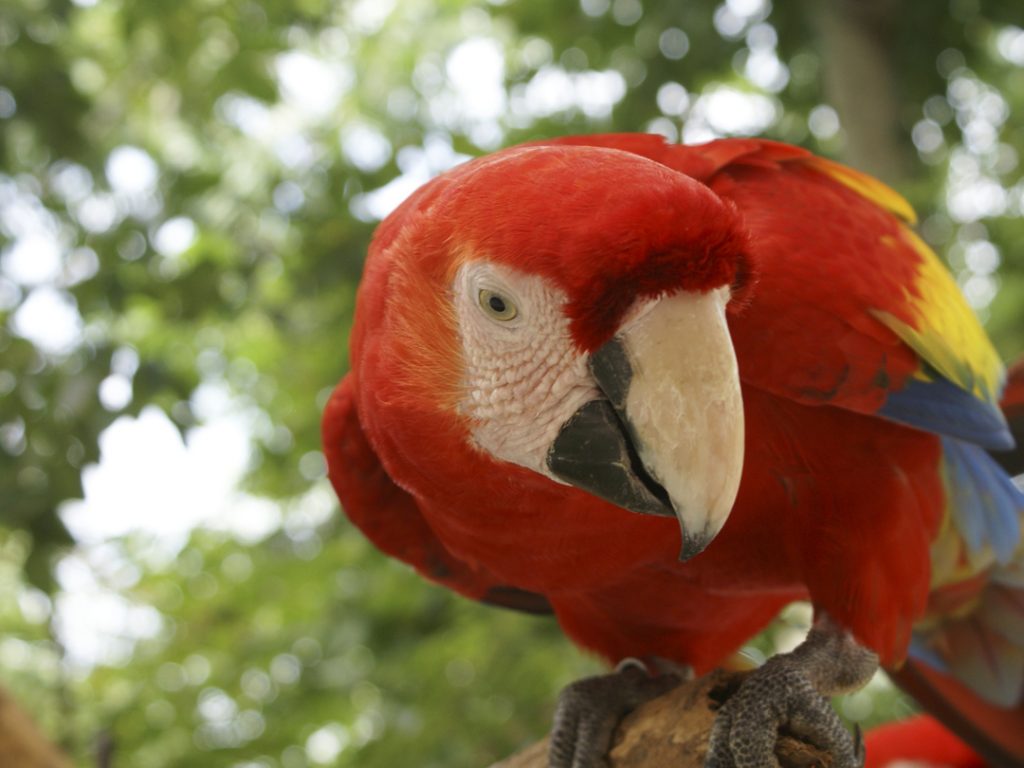What are the problems that exist in the ocean?
June 12, 2022
KNOW 5 OF THE MAIN CAUSES THAT HAVE DAMAGED THE OCEAN
Read more from this blog series:
Discover and fall inlove with the ocean: our main source of life
What is being done to reduce ocean problems?
In the previous article (liga), we learned more in detail how the ocean is composed, and we realized the great importance it has in our lives. The ocean is a defenseless place, most of its waters are international, therefore, there aren’t any rules for its protection. By failing to ensure the safety of almost 45% of the ocean, various threats have been posed that are harmful in the short and long term. We need to open our eyes about the problems that the ocean is facing today and can cause irreversible damage if action is not taken in time.
Ocean acidification
The main cause of this phenomenon is the excess emissions of carbon dioxide into the atmosphere, a gas known to cause the planet’s temperature to rise. Ocean acidity is a disease that is occurring rapidly, as our oceans are absorbing more CO2 than they can emit.

We mentioned in the previous article about the absorption of this gas, which helps to have a balance on the planet. However, we are reaching a point where instead of benefiting, it is harming marine life. Approximately 30% of the CO2 that humans produce is absorbed by the ocean, approximately one million tons per hour. How does this absorption happen? Well, the wind mixes the carbon dioxide with the surface and with the rhythm of the ocean currents it reaches the depths gradually, warming them. For us on Earth, this process is good because it reduces the effects of global warming, but at what cost? The ocean, even with its strong and wild appearance, can be very sensitive. Because of the above, there is a “slight' change in pH levels. That change, however small, can have very harmful consequences because we are at the point where the balance of the ecosystem is very fragile. If the pH drops, the water becomes more acidic.

When you hear the word acid, what word comes to mind first? I guess it is, or so it is in my case, the word corrosive. That is just the effect that acidification has on marine life, shell animals and shells themselves are the first to suffer the effects, as their exoskeletons are corroded. Corals are also victims of ocean acidity. Normally, corals are hard because of their calcium carbonate coating, do you know what other hard material has this compound? Shells, therefore, the coral has the same fate of corrosion, making it weaker in its formation. All these types of situations greatly affect the natural balance of the ocean and consequently that of our planet.
Maritime transportation
It is a reality that ocean transportation is one of the most important sources of transportation in the world. Whether for trade or tourism, thousands of ships carry all kinds of cargo through the marine highways everyday. As ship traffic increases along these routes, so do marine pollution levels.
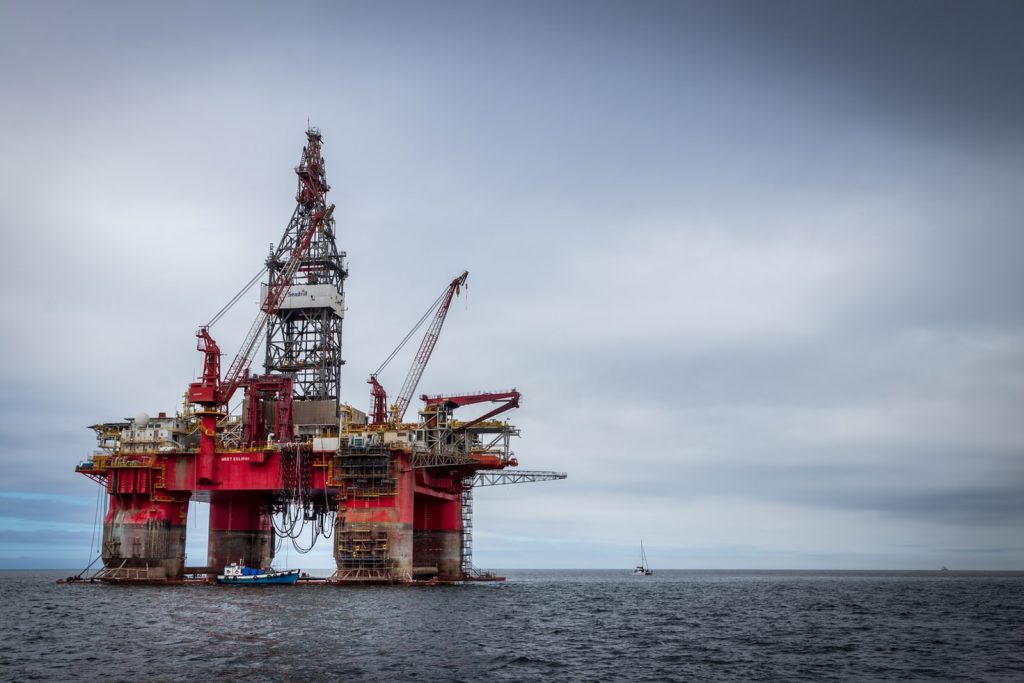
The excessive use of maritime transport increases the probability of suffering oil spills in the water. Although they are not very frequent, they are extremely harmful. Some of the most serious consequences of such spills are the asphyxiation of animals and plants by the oil layers that also obstruct contact with light, preventing photosynthesis. Also, thanks to these hydrocarbons, there are malformations of marine offspring, poisoning of predators by consuming prey contaminated with crude oil. Another one is that the coastal landscape suffers significant alterations. Over the years, the ocean has suffered from various spills causing very strong damage to it.

On the other hand, a serious problem involving ships is the collision between them and marine animals. These collisions mostly cause serious injuries to marine life and in the worst cases their death. Because of such encounters between ships, noise pollution has increased in the ocean causing a disturbance among marine species, including whales, which use sound to communicate, feed and even orient themselves.
Solid waste
The video of the turtle and the straw caused so much distress amongst people that now, whenever you go to a restaurant, they give you biodegradable straws or ask you before giving you one. Unfortunately, straws are not the only plastic that roams the ocean. Even when we are responsible for depositing the garbage in its place, the probability that they reach the ocean is very high thanks to the poor management of such waste or due to wind and rain. Subsequently, they reach rivers or other aquatic systems through the city’s sewage system. Once there, the only way out is the sea, no matter how far we are from the coast.
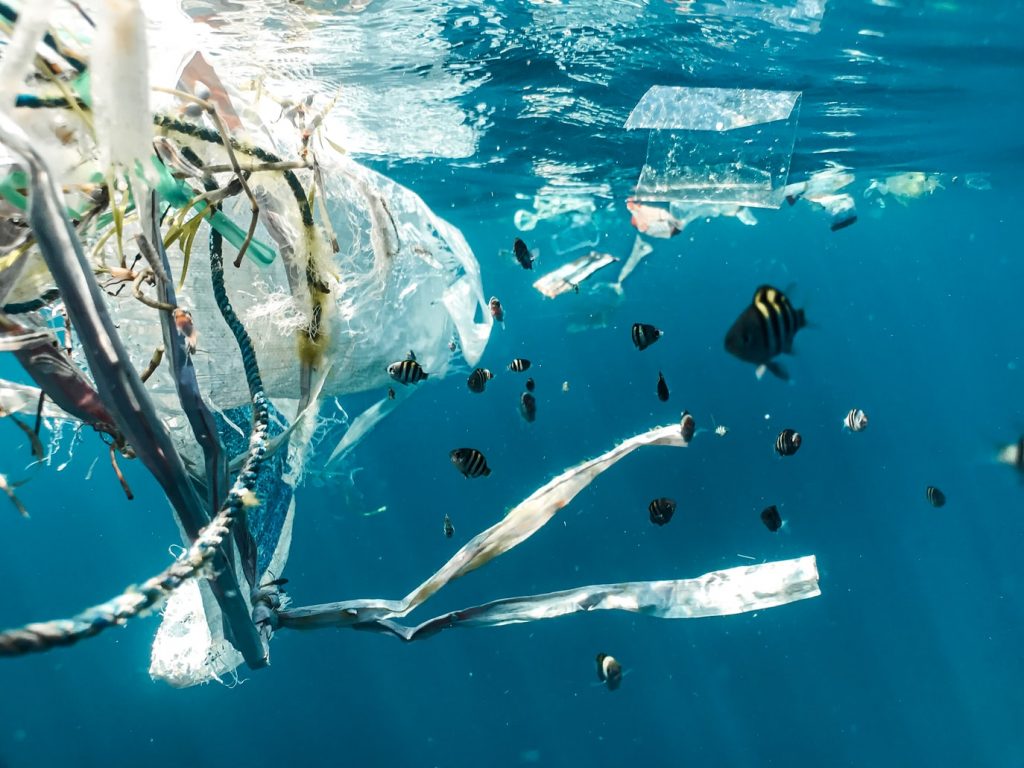
It is possible to find plastics in the ocean derived from maritime transports, however, 80% of the waste found in the sea comes from land. The main problem with plastics is their slow decomposition, as they pollute the marine habitat from the shores to the depths. Plastic waste can be found throughout the oceans, as it can spread easily, and plastics have been found in the most unimaginable places, such as trapped in Arctic ice or more than 10,000 meters deep in the oceans. All the plastics we see on the surface represent only 15% of the total found in the sea. Ocean currents transport and accumulate the waste resulting in five plastic islands around the world, one in the Indian Ocean, two in the Atlantic and two in the Pacific. In general, these islands have a high concentration of micro plastics.

All these plastics take hundreds of years to degrade, clearly it depends on the type of plastic. However, the main cause of its degradation is the UV radiation from sunlight when it is on the surface. The waves help to accelerate this process and consequently break down large pieces of plastic into microplastics. Until the debris arrives to its degradation stage, it affects approximately 700 species of marine beings, since each year more than 100,000 marine mammals die from the plastics that reach the sea.
Overfishing
Unsustainable fishing has increased exponentially since the 50’s, meaning the exploitation of ocean resources has increased the effort to obtain the large volume of necessary catches. To keep it simple, I basically mean that there are now fewer fish in the water to catch.
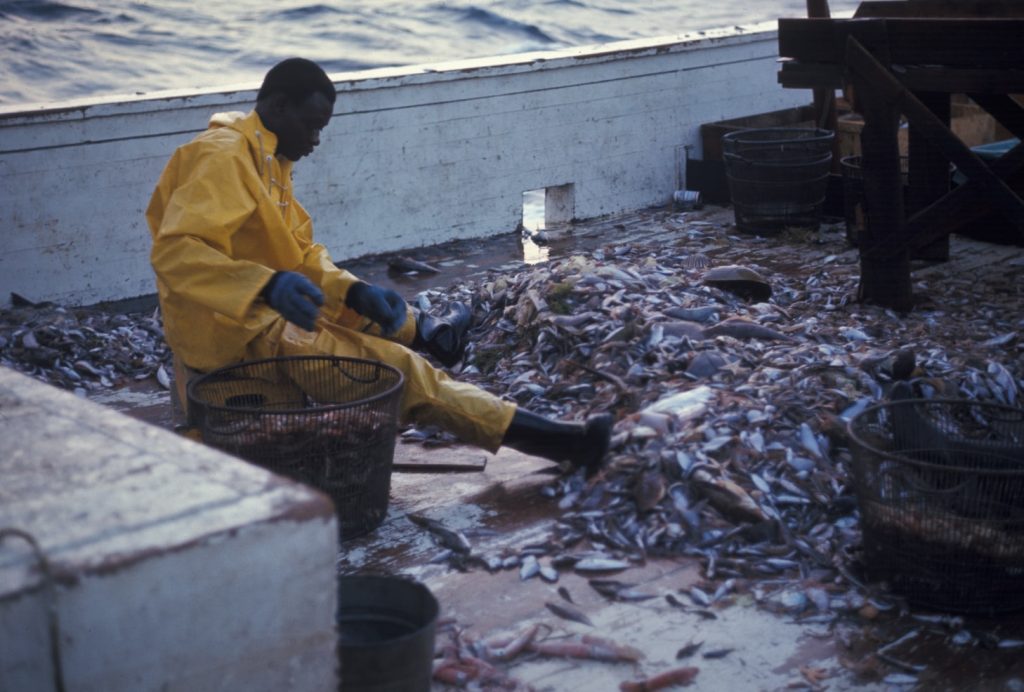
No ocean is exempt from overfishing, well, there are some countries that do, such as Iceland, New Zealand and Alaska, which have their fishing activities well managed. Therefore, the number of fish available today, compared to hundreds of years ago, is minimal. This is because demand exceeds supply, there are too many boats in search of so few fish. According to the Food and Agriculture Organization of the United Nations, approximately 92 million tons of fish are caught each year worldwide, with almost a third of the fisheries overfished and 60% exploited to the limit.
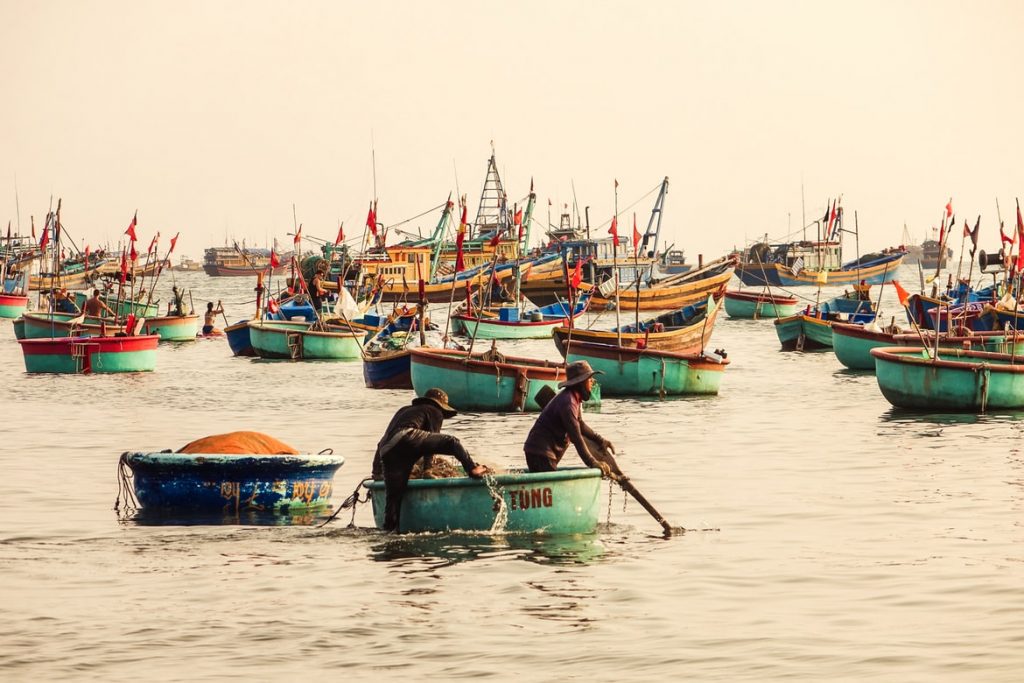
Fishing is a major contributor to both the global economy and the livelihoods of millions of people. Although it has this impact, the long-term sustainability of this resource is at risk, as it depends not only on effective monitoring of fishing operations, but also on the determination that such activities are legal and verifiable. Illegal fishing undermines fish population conservation efforts by limiting support for marine conservation. In addition, this unauthorized activity tarnished the reputation of those fishermen who work responsibly and honestly in the oceans, respecting the balance of the world. Therefore, IUU fishing (illegal, unreported, and unregulated fishing) threatens the deterioration of marine biodiversity along with the economic and food security of society.
The ocean is key to combating all areas of global pollution. Our well-being, as well as that of every living being that inhabits this planet, cannot ignore the marine vitality and the serious problems it suffers daily, as we depend on the balance it provides. Those problems described above are only the tip of the iceberg of all the obstacles that the ocean faces. The question we must ask ourselves is: Are we in time to act?
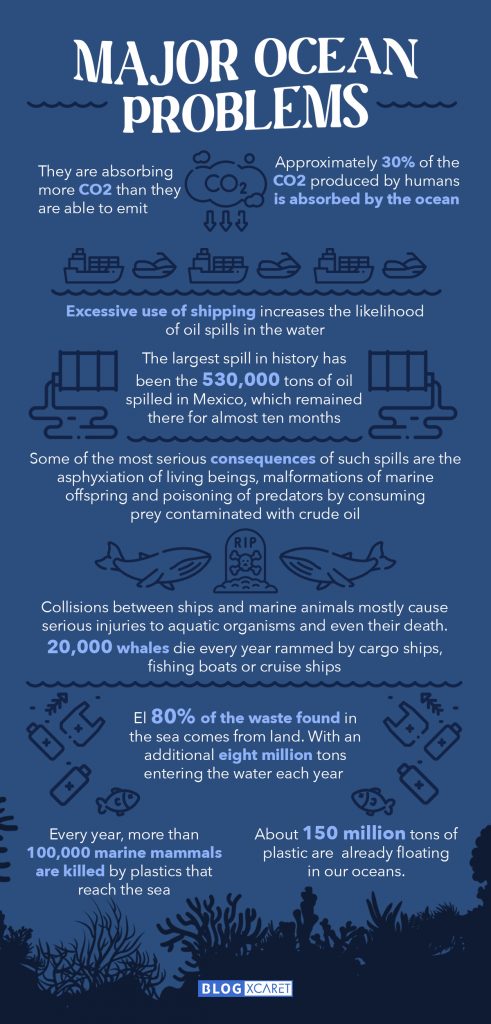
Tell us about another problem in the ocean that you are aware of
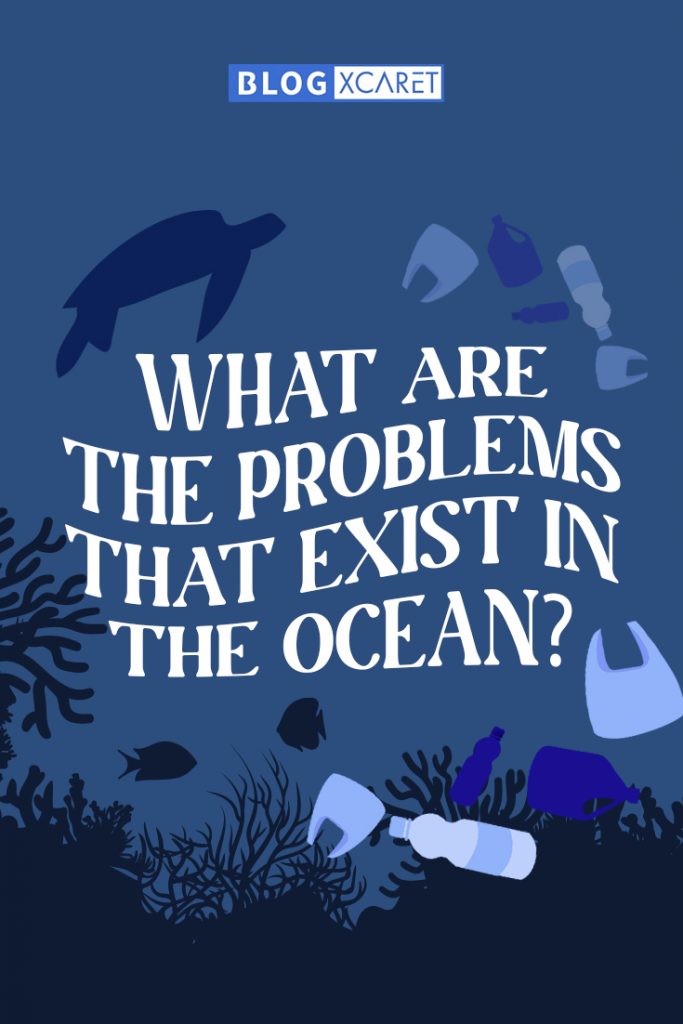

Entusiasta por la aventura, el arte y la comida. Tengo una playtlist para cada ocasión.
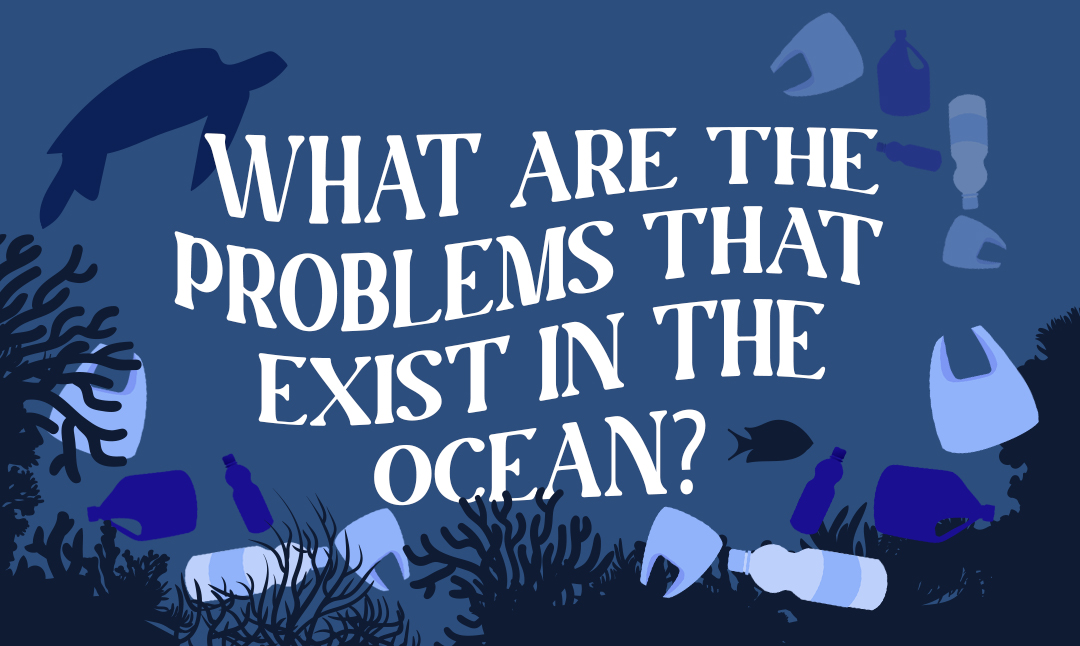
Posts Relacionados
Grupo Xcaret
Hotels


